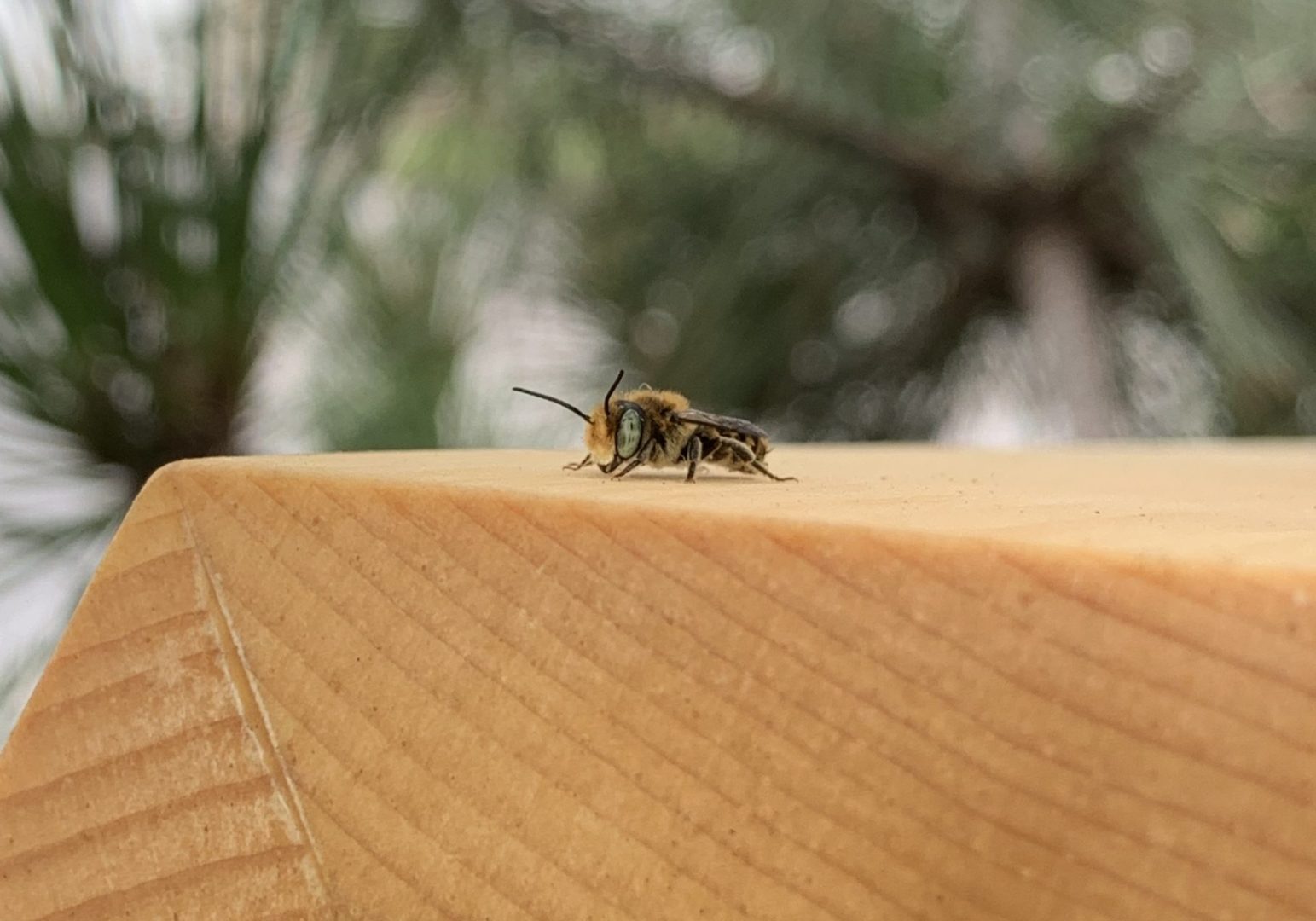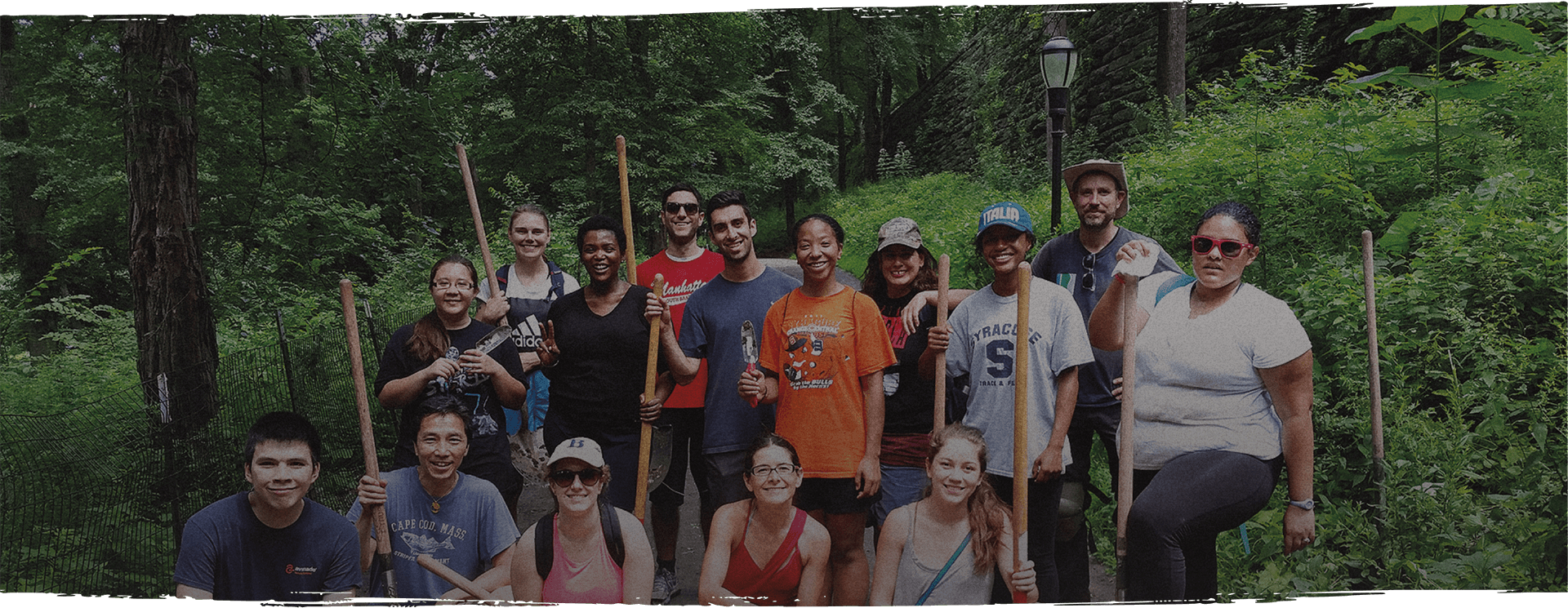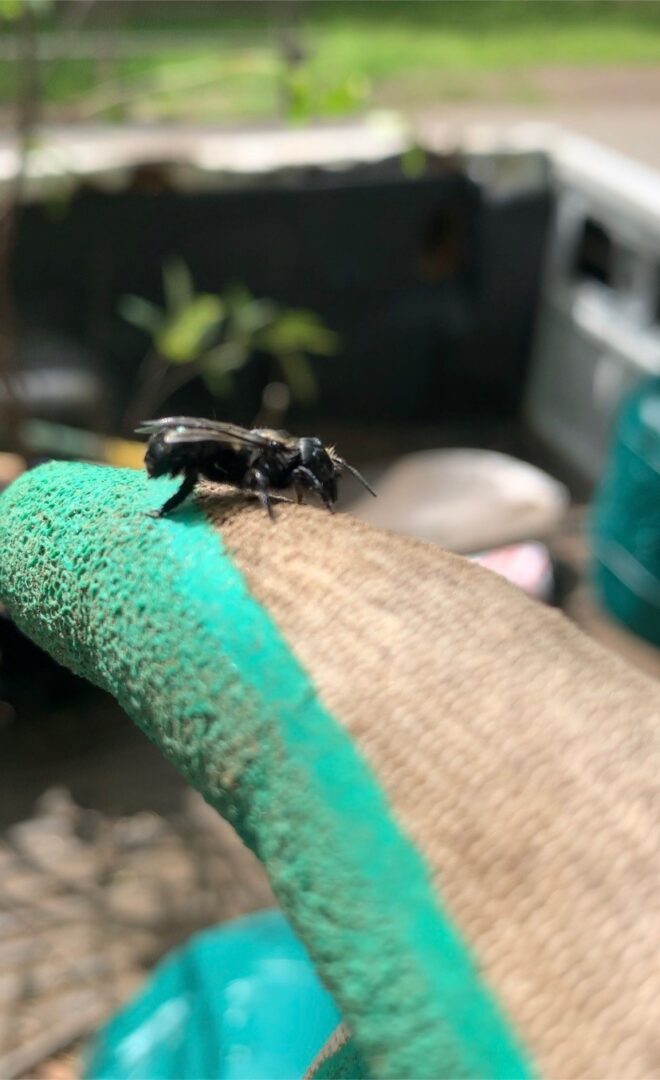
Native Bees
Of the 20,000 different species of bees in the world, 4,000 are native to North America. Right here in our own backyard, New York is home to approximately 416. These species come in many colors, shapes, and sizes ranging from the slender and small metallic green sweat bee to the big and bold carpenter bees, the largest bees in North America.
Around 75% of crop plants around the planet require pollination by animals and insects – a large portion of which are bees, and not just honey bees! It is estimated that 1 in every 3 bites of food you eat was pollinated by bees.
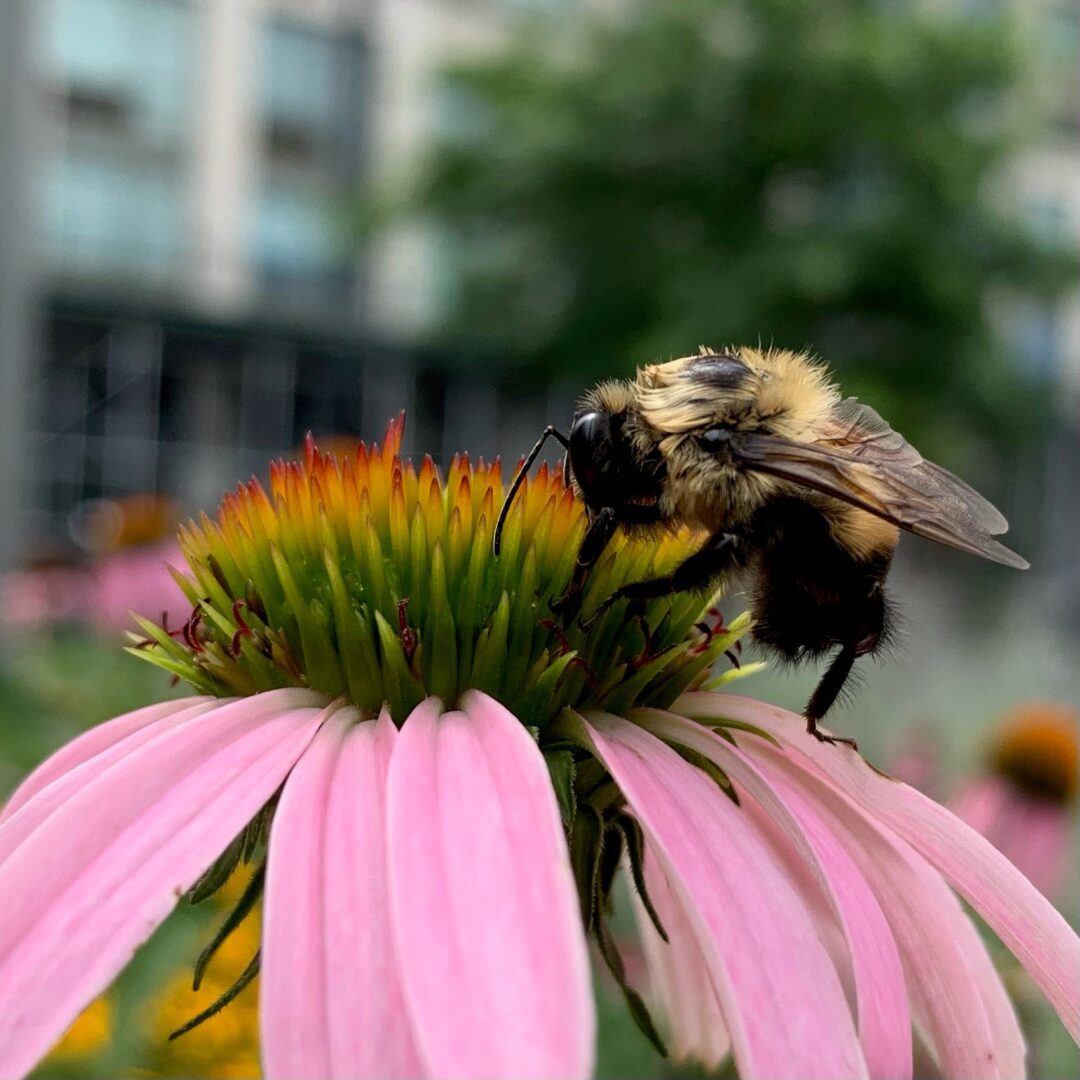
Honey bees, Apis melliflora, tend to get a lot more attention than native bees do. Native originally to Europe and Asia, the honey bee was sent around the world by Europeans as an agricultural animal to assist in the pollination of crops. And while all bees are important, the other 19,999 species native bees are vitally important to biodiversity on the planet – and thus, to the survival of humans.
Globally, all bee populations are struggling due to habitat loss caused by land use practices such as suburban and urban expansion as well as agricultural practices such as pesticide use. Because of the evolutionary role they play in the reproduction of plant species, if bees were to go extinct our food system would be drastically altered – and the delicate balance of biodiversity in ecosystems around the world would take a major hit. Parks and green spaces can be invaluable in helping to support native bee species by playing a role in mitigating the global trend of bee species population decline.
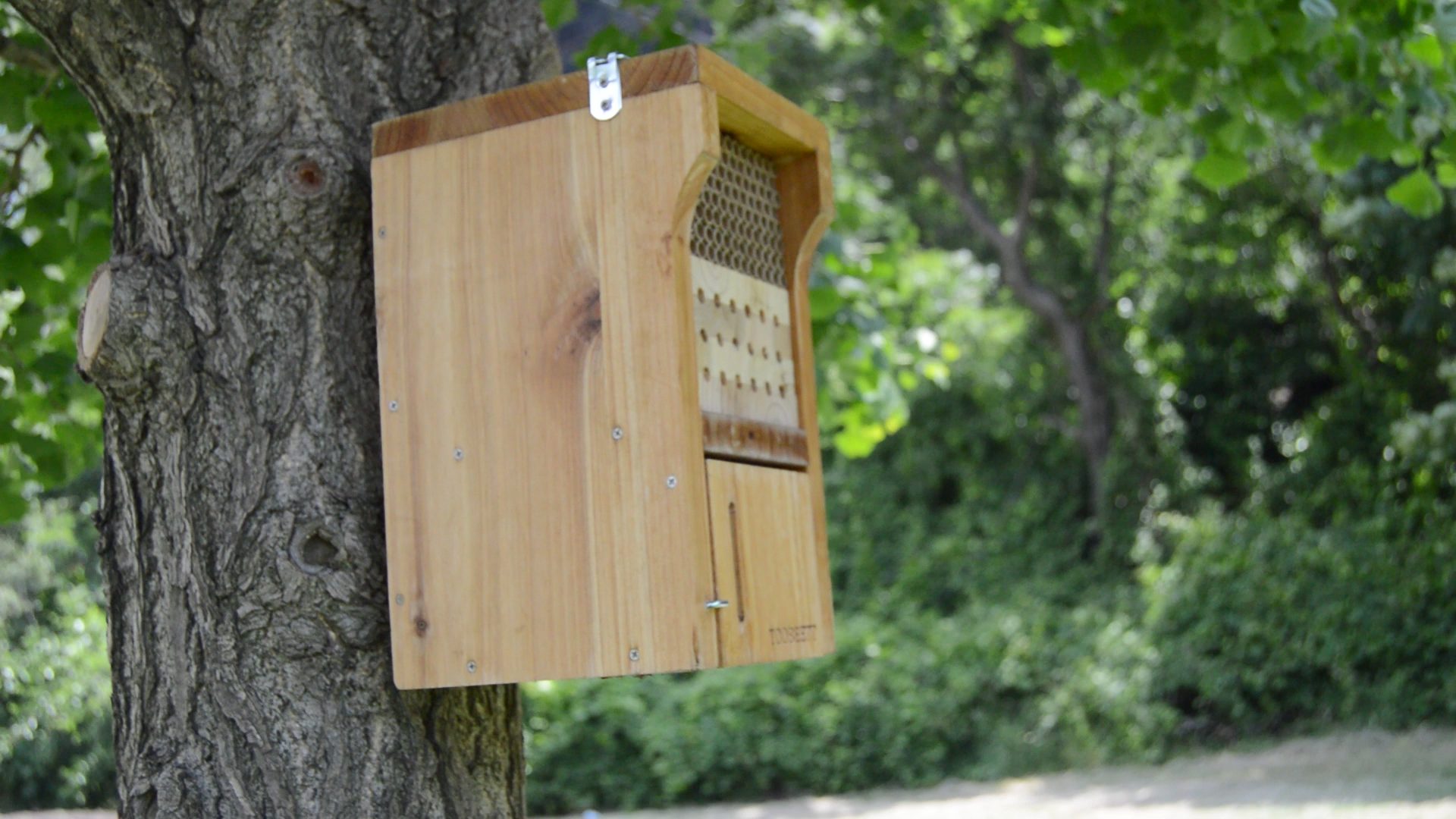
In order to support native bee species, the Riverside Park Conservancy is working to install artificial habitat as well as incorporating and expanding upon the New York City Parks Department Pollinator Place Program. The bee houses that we are installing serve as artificial habitat, mimicking plant reeds and cavities in trees that many native bees would naturally take shelter and make nests in. Native bees are solitary and every female bee is a queen capable of laying between 10-20 eggs that will develop and hatch as adult bees next year.
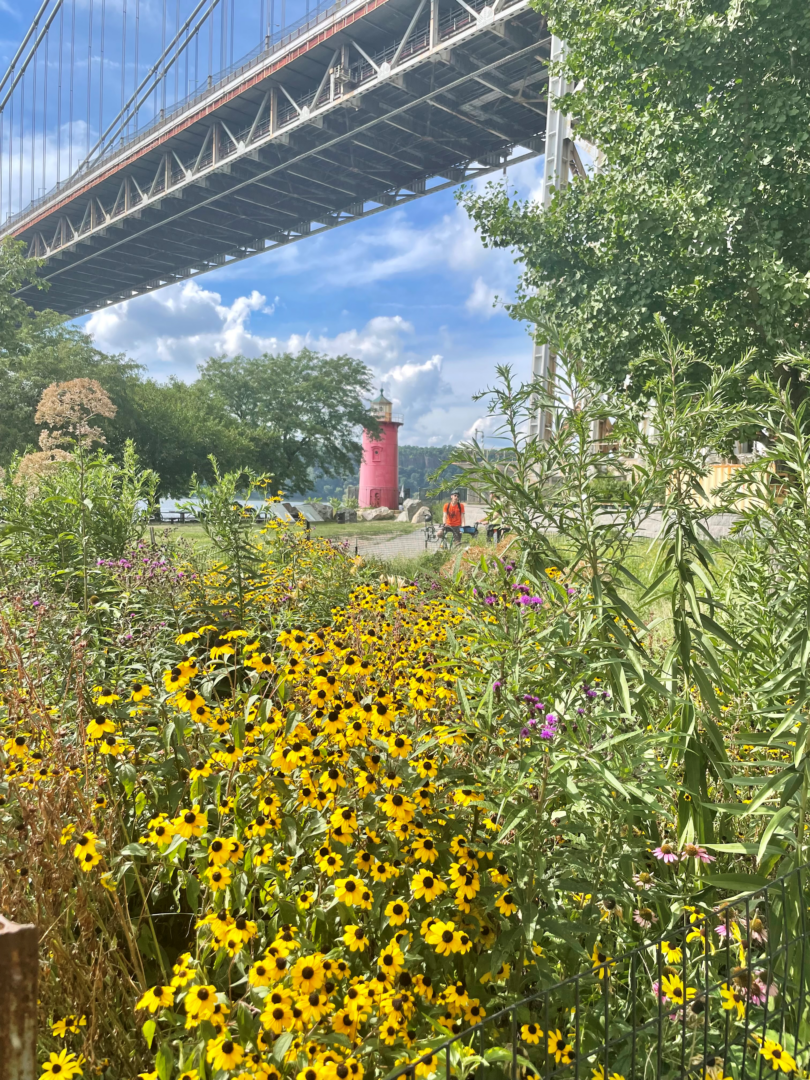
Support Riverside Pollinators
Expanding the Pollinator Place Program will provide bountiful forage for pollinators and provide shelter and nesting sites for our ground loving native bee species. North American prairies were once the continents largest contiguous ecosystems. This expansive and sprawling habitat, host to native bee species and many other beneficial insects, was once an incredible 170 million acres in size. Currently, just 1% of the original area remains. Expanding the Pollinator Place Program will help to increase the amount of valuable habitat that New York City has to host and support native bee species as well as a variety of other beneficial insects.
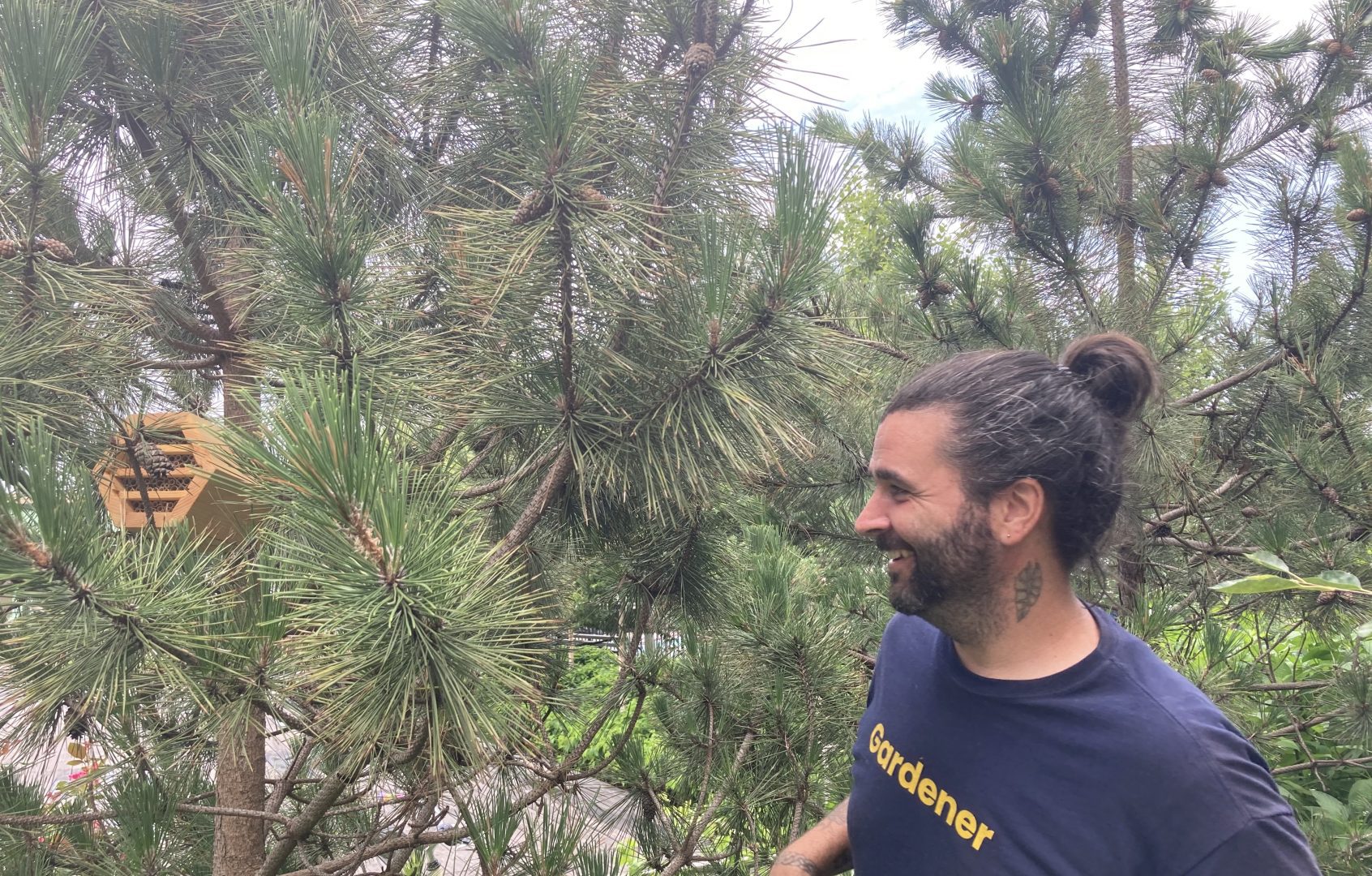
Riverside Park is one piece of a larger puzzle of green space in NYC, and we extend a warm welcome to any native bees that want to make a home in the new houses!
The full cost for materials, installation, and maintenance for one bee house is $200.
